Innovations to Help Formalize ASM
One of the development goals in the ASM sector is formalization of the industry. However, “formalization” is difficult to define, with qualifications varying across contexts. Informal mining is defined as “operating outside of a legal framework that grants [miners and mining collectives] rights to mine” (IMPACT 2018). Informal mining includes, but is not always, illegal mining. It may be tolerated by governments despite the lack of legal framework. In a 2012 study of ASM in Colombia, roughly 63 percent of ASM operations were informal (IMPACT 2018). This share of industrial activities is consistent across ASM countries globally.
Sector informality poses problems for governments, development organizations, the environment, and miners themselves. Without formalization, there is no legal and regulatory infrastructure to protect workers from exploitation by criminal groups or to provide them access to protective gear, capital, high-quality equipment, technical assistance, and human rights protections. Environmental and health risks may go unchecked, and perhaps unseen, threatening surrounding human and natural communities. Illegal armed groups may engage in the industry to fund violence. Informal artisanal and small-scale mines may also move into protected areas while environmental damage at former mine sites goes unaddressed.
The process of formalization may include “the introduction of legal and regulatory frameworks, providing legal access to minerals and information about geological data, organizing miners into flexible and dynamic organizations, and providing access to capital, equipment, and technical assistance” (IMPACT 2018).
Formalization relies on precisely the types of reliable data that the sector lacks. The Delve 2018 State of the Sector report outlines a number of data needs that can help with the formalization goal.
Guiding questions for innovation
How can innovation decrease the burdens associated with formalization–such as bureaucracy–while increasing incentives for miners and governments to formalize?
How can innovation lead to due diligence (by companies, governments, and organizations) and support formalization?
How can data be harnessed to support the formalization of ASM?
Can technology improve institutional reach into informal mines, while providing legal services to miners themselves?
Need some inspiration?
We realize that it isn’t always obvious to innovators outside of their fields to see the application of their technology in ASM. We’ve identified some technologies where we see ASM use-cases for existing technologies. These are suggestions and do not indicate any preference of the Challenge administrators or judges; nor is this list meant to be exhaustive. These suggestions are provided to give innovators some ideas on where there might be application for these techniques. Ideally applicants read this list, become inspired, and come up with their own ideas on how to apply their innovations to solve the ASM problems described above.
Narrow the data gap - The World Bank and Pact created the Delve database, and published the State of the Sector report in 2019. Read about how data can help formalize the sector.
The IISD outlines “six key factors in formalizing artisanal and small scale mining,” including a few that may be achieved through technologies & innovations submitted to the Grand Challenge:
Provide access to geological data
Ensure / provide access to capital like microfinance credit and savings, grants, or other legal revenue-generating ventures
Capacity building, reverse the assertion that “a poor understanding of the dynamics of ASM communities has led to inappropriate technologies and support services”
